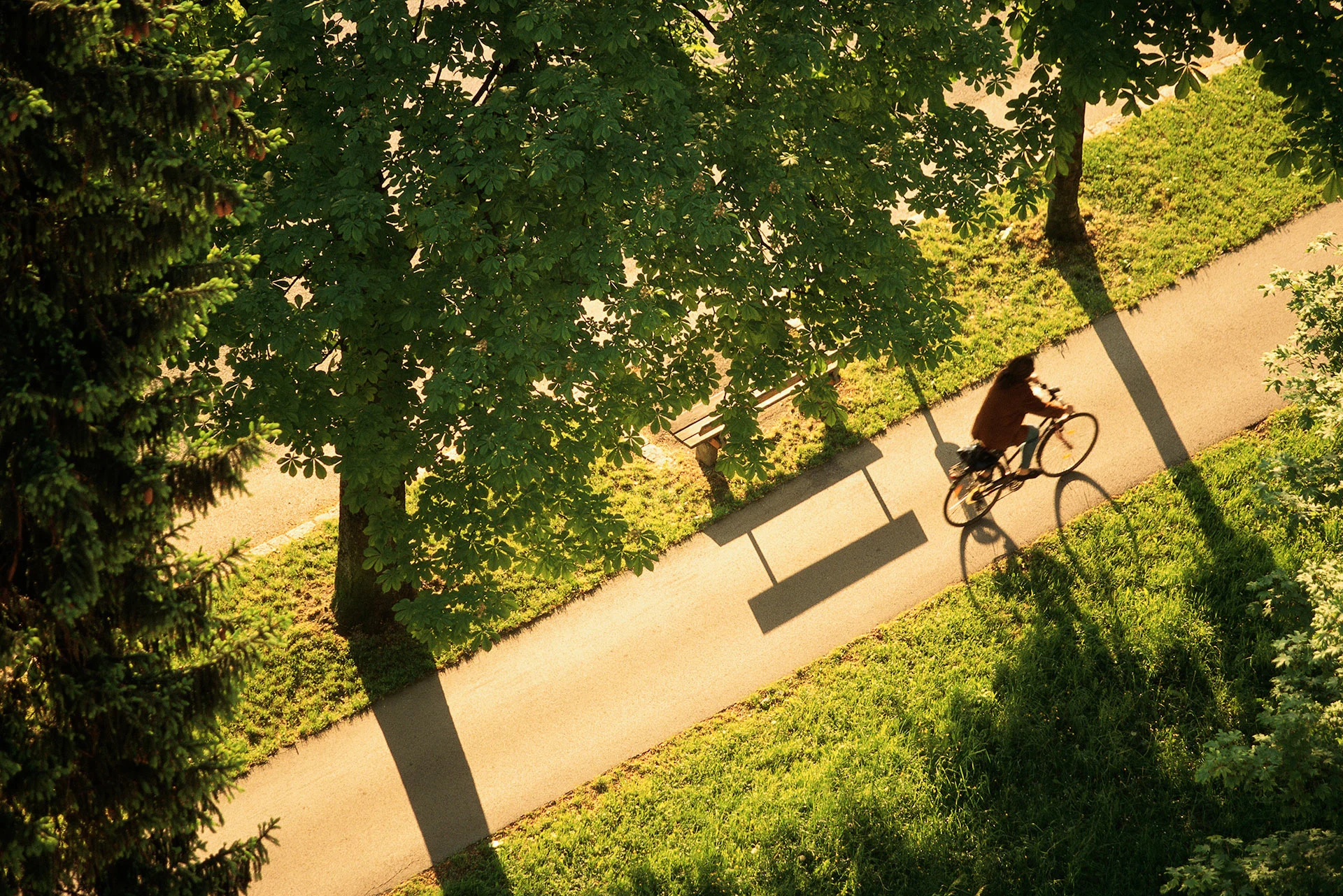
More bike lanes? Canada commits $400M to build sustainable transportation
The new active transportation project will not just focus on downtown cores, but also rural communities where access to public transportation is sometimes limited.
Canadians will soon be getting more biking and walking paths as part of the Federal Government's new $400 million active transportation project.
The dedicated funds will be spent over a five year period to build new and expand existing networks of pathways, bike lanes, trails, and pedestrian bridges. This will establish the first federal fund that is dedicated to building active transportation through Canada.

Credit: James Osmond. The Image Bank. Getty Images
This is all part of a national goal to make public transport a more irresistible option across the country said the Minister of Infrastructure and Communities Catherine McKenna, in an interview with The Weather Network.
“Let me give you an example. In Ottawa we are building the second phase of Light Rail Transit. That means everyone in Ottawa will live within 5 km of transit, but we have to get people the rest of the 5 km. So making sure you have walking paths and biking paths is really important.”
McKenna says that building these pathways is going to be a win for all Canadians. Not only will the projects create a million jobs, and help build a more sustainable economy, it will also encourage more people to leave their cars behind.
“They are wins because you are investing in Canadian technology and Canadian solutions. We have committed to 5,000 electric busses. Guess what, the best electric bus makers from my experience are Canadians. You are creating good jobs.”
McKenna described other wins as well. “You’re tackling climate change. The public transportation sector is a quarter of all our emissions in Canada. With this project, you are reducing emissions in the transportation sector. It is also a win because it creates inclusive communities, and I think that is often overlooked. But what kind of communities do we want to live in? I want to live in a community where everyone has a chance to succeed.”
The new active transportation project will not just focus on downtown cores, but also rural communities where access to public transportation is sometimes limited.
McKenna is hopeful that this initiative and vision will be something Canadians are excited about during a very difficult time.
“My hope is in 20 years, we look back and say wow the reason we have better public transit is because we had that terrible pandemic and we needed to restart our economy and we knew climate change was an issue and so we made very significant investments, and look what it means.”
The $400-million fund is part of an eight year, $14.9 billion public transit investment.
Thumbnail credit: Dennis Dagnan. The Image Bank. Getty Images












